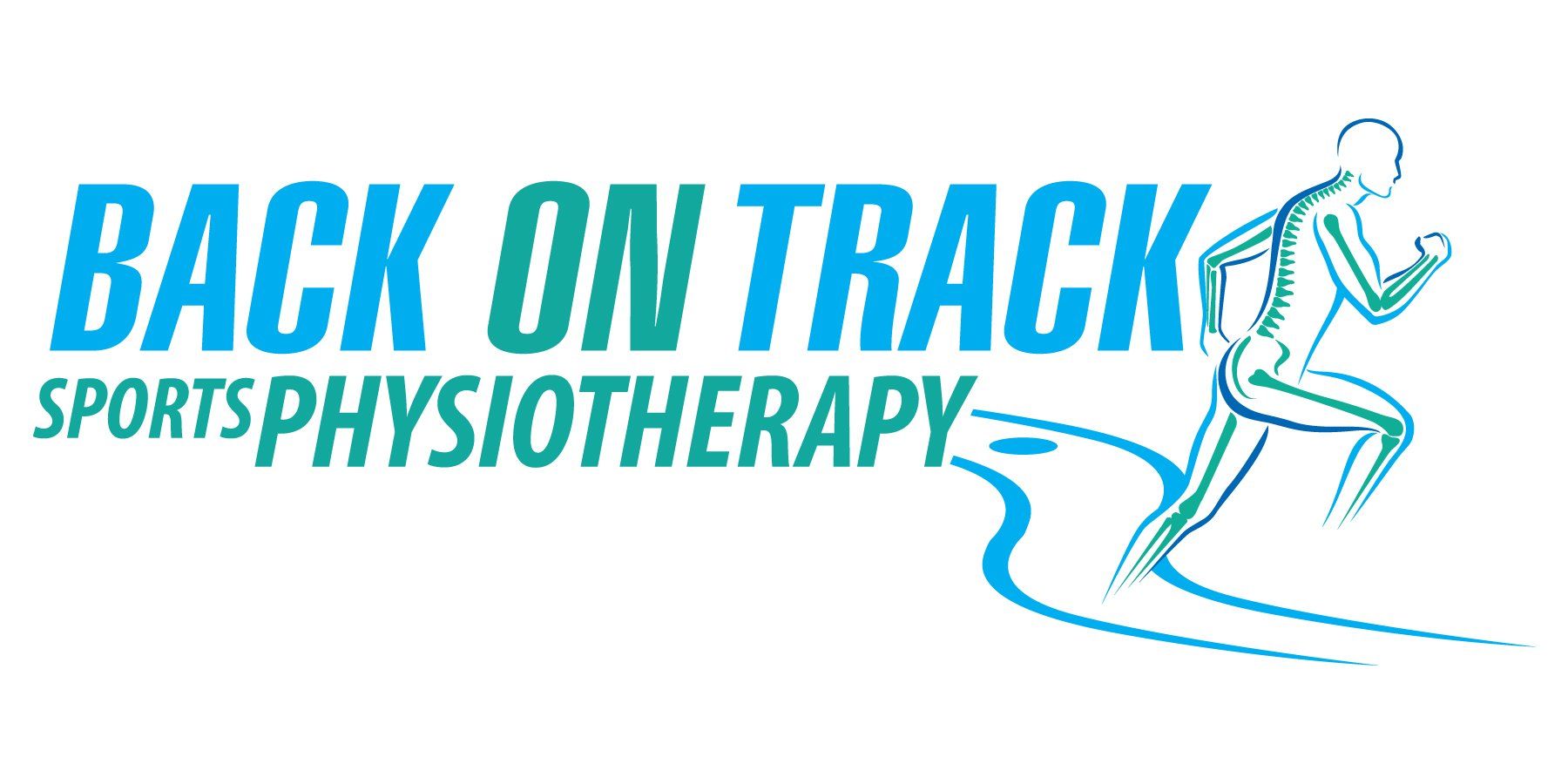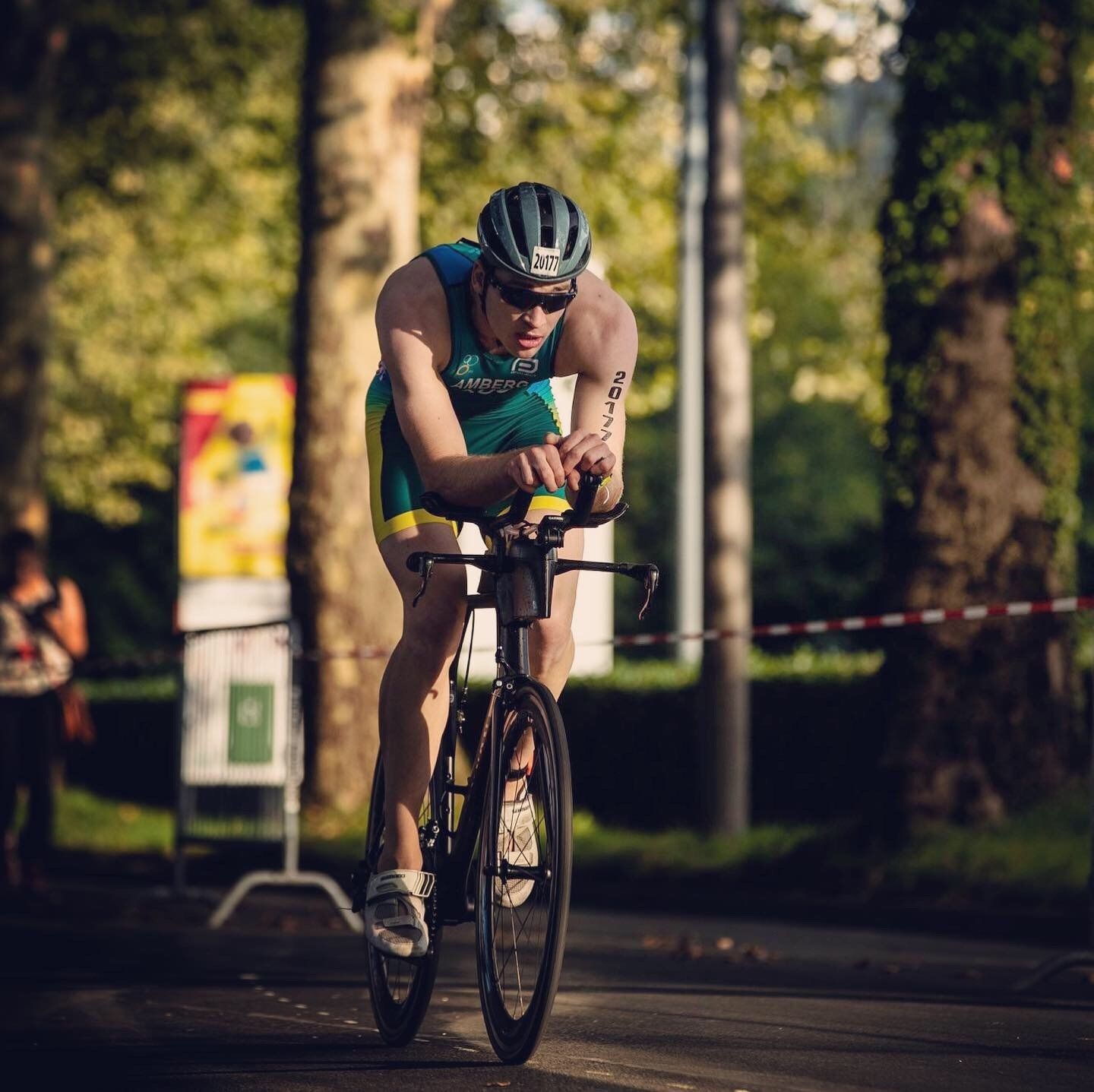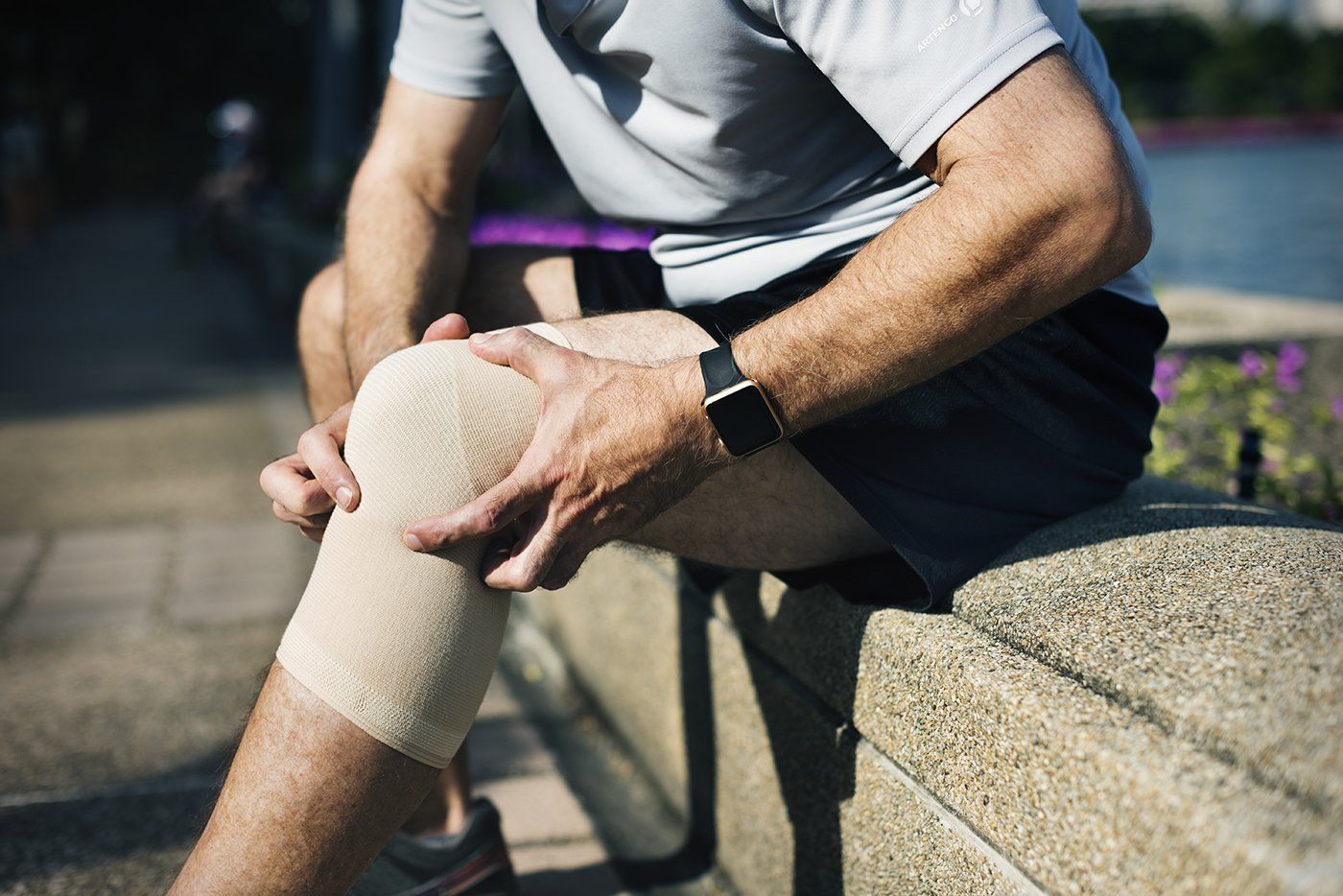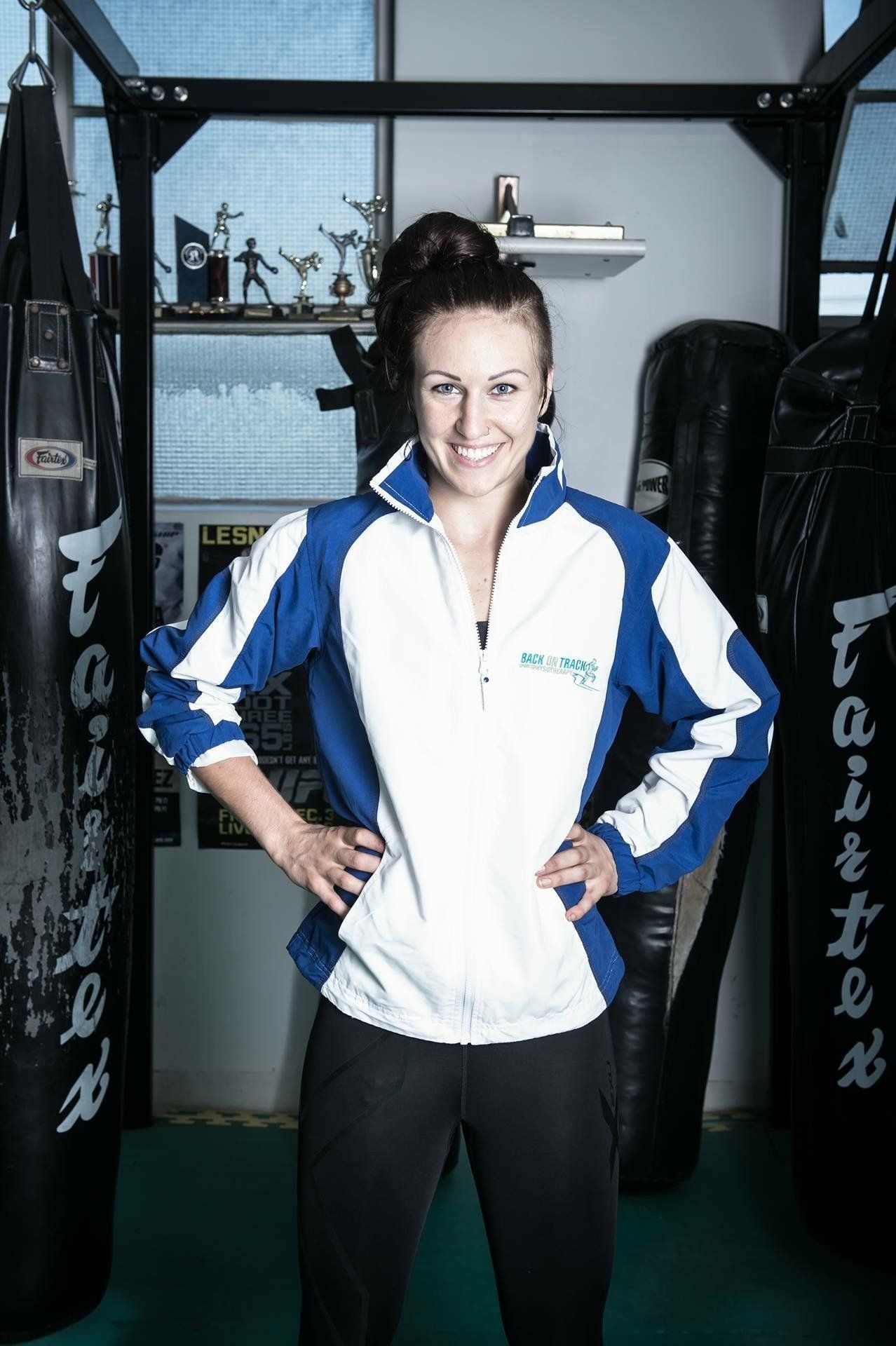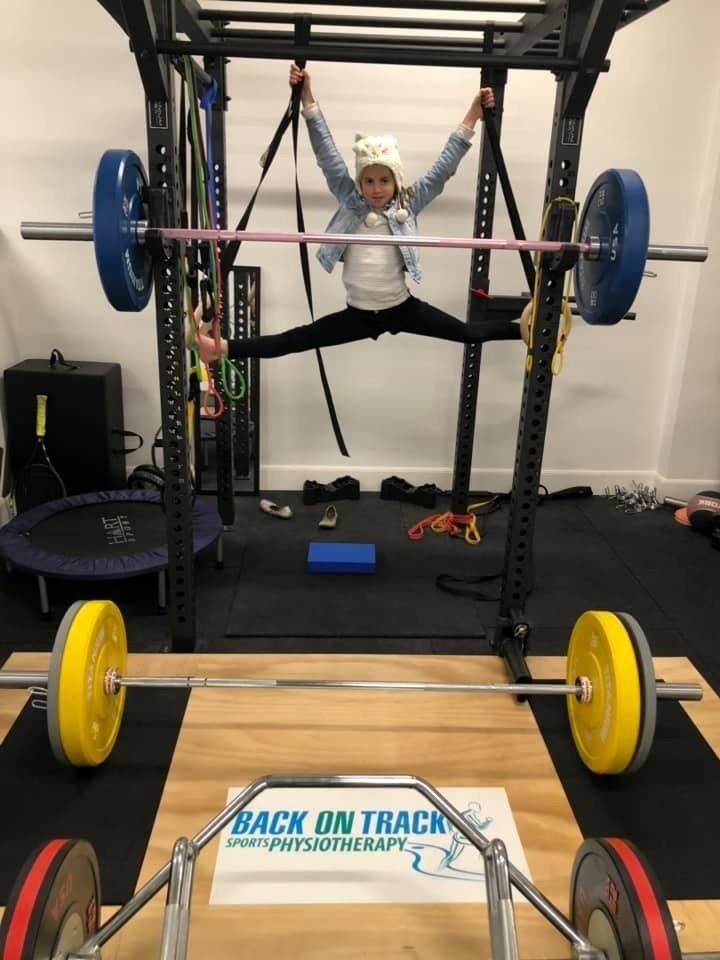Radial Shockwave therapy
How does shockwave therapy work?
Our shockwave therapy is conducted by our qualified physios. It uses a pneumatically powered handpiece that generate radial shockwaves, which are transmitted to the site of the injury through a conducting gel.
The treatment session uses 2000-3000 pulsed shockwaves into the affected area and lasts approximately 3-10 minutes. Most patients will notice some pain relief immediately after therapy, others can take up to 4-5 sessions to achieve significant pain relief.
What conditions can shockwave therapy be beneficial for?
Tennis and Golfers elbow:
Shockwave therapy is clinically proven (6) to reduce pain, improve function in patients with tennis elbow and is proven to be as effective as a steroid injection (7).
Achilles Tendinopathy:
Shockwave therapy trials have confirmed excellent results with decreasing pain and increasing Achilles function compared with either shockwave therapy or exercises in isolation (8).
Plantar Fasciitis and Heel Spurs:
In a recent study, the authors looked at the efficacy of eight different types of treatment for plantar fasciitis. It was concluded that shockwave therapy ranked number one for best outcome and considered “optimal treatment” (9). In another study they showed that combining shockwave therapy with a physio-guided stretching program has been proven to deliver clinically superior outcomes for plantar fasciitis sufferers (10).
Hip - Greater Trochanteric Pain Syndrome:
A randomised controlled clinical trial of 229 people showed shockwave therapy was significantly more successful than steroid injection (11).
Shin Splints - Medial Tibial Stress Syndrome:
A clinical trial showed that 40 of 47 shin splint sufferers were able to return to their preferred sport at their pre-injury level after 15 months, versus only 22 in a control group (12).
Calcifying Tendinopathy of the Shoulder:
Clinical trials revealed that shockwave therapy for calcific tendinitis of the shoulder showed good to excellent results in 87.9% of shoulders treated. Among shockwave patients, calcium deposits were completely eliminated in 21.2% and partially eliminated in 36.3% (13).
Chronic neck pain
Lower back pain
During your initial appointment your physiotherapist will:
- Discuss relevant medical history with you to gain an understanding of your injury
- Physical examination to assist in the accurate diagnosis of your problem
- Establish provisional diagnosis/s
- Devise a rehabilitation and treatment plan
- Provide hands-on treatment including manual therapy skills
- Educate you about your condition
Research:
1. Arch Orthop Trauma Surg. 2010 Nov; 130(11): 1343–1347.
2. Semin Arthritis Rheum 43 (2014) 570–576
3. Int J Prev Med. 2014 Jul; 5(7): 875–881.
4. Sports Med. 2016; 7: 143–151.
5. European j. biomed. pharm. sci, 2015, Volume 2, Issue 2, 78-90.
6. Europia Medicophysica 2005;41:17-25.
7. Annals Rehabilitation Medicine 2012;36(5):681–7.
8. Am J Sports Med (2009) 37(3):463-70.
9. J Cell Physiol. 2018 Aug 4. doi: 10.1002/jcp.26907
10. International Journal of Surgery 24 (2015) 135-42.
11. Am J Sports Medicine (2009); 37:1981-90
12. Am J Sports Medicine (2010); 38:125-32
13. J Shoulder Elbow Surg 2008;17:55-9

Conditions We Treat
Back Pain & Injury
Neck Pain & Injury
Headaches & Migraine
Lower Limb Pain
Plantar Fasciitis
Hip pain
Pregnancy Related Pain
Shoulder Pain & Injury
Wrist & Hand Pain
New Title
Pelvic pain
Post-surgery rehabilitation
Sports injuries
Joint pains
Spinal stenosis
Foot and ankle pain
Muscle strains and sprains
Disc conditions
Sciatica
Postural pain
Contact Us
Phone: (03) 9813 8852
Email: info@backontracksportsphysiotherapy.com.au
Address: 19-21 High Street, Glen Iris
Local Physio Servicing Glen Iris, Malvern, Malvern East, Ashburton, Hawthorn East, Camberwell, Toorak, Burwood, Canterbury, Surrey Hills, Armadale, Carnegie, Caulfield, Chadstone, Kooyong and South Yarra.
